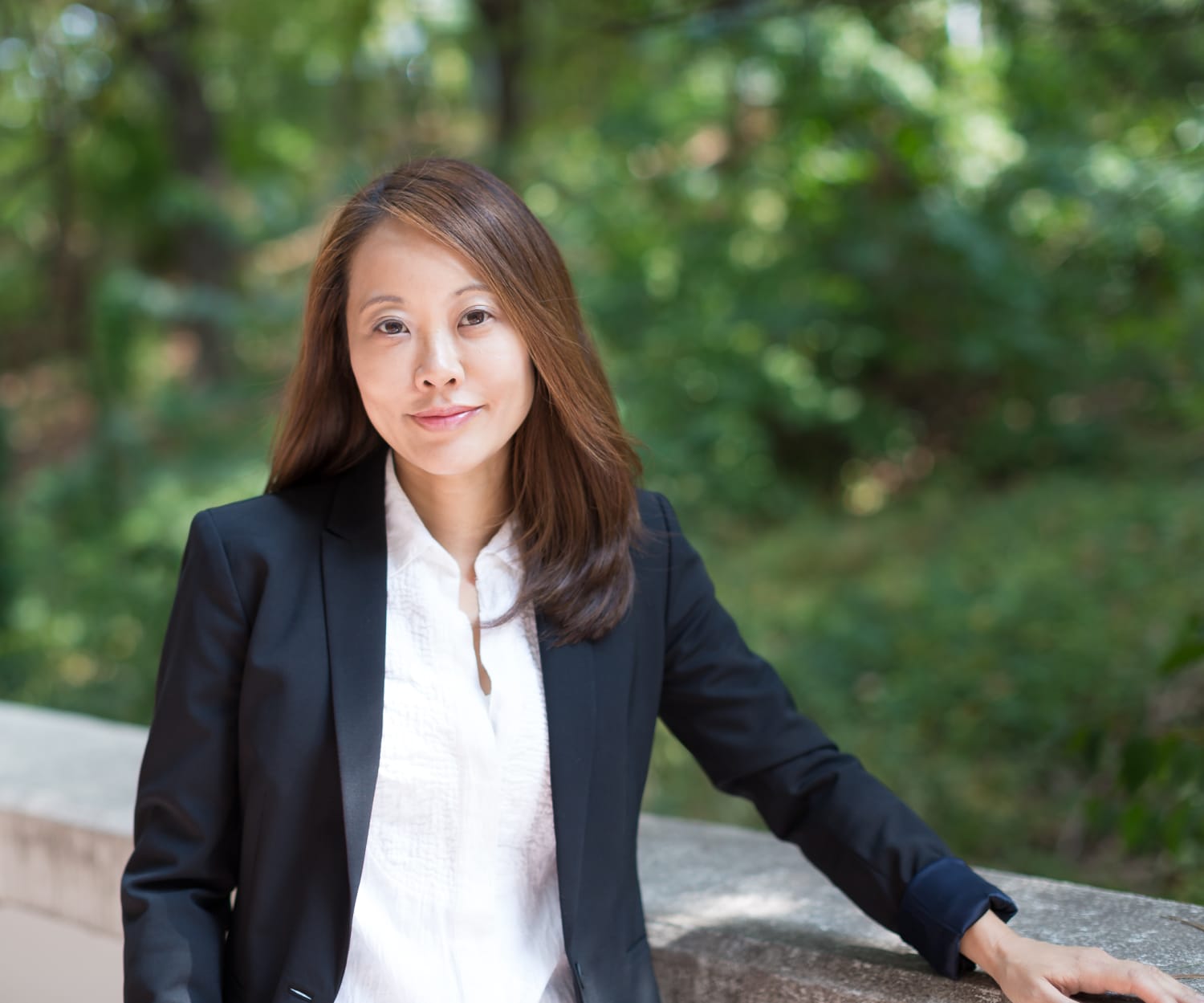The Pain of Guatemalan Girls
The 5second Trick For Chinese Brides
25 octobre 2020Lesbian Pictures On Flickr
25 octobre 2020The Pain of Guatemalan Girls
Postpartum contraceptive use will be measured as the proportion of women in each arm of the trial who self-report using a contraceptive method when they complete their 3-month survey. The timepoint for this will be 3 months following enrollment in the study. Postpartum implant use will be measured as the proportion of women in each arm of the trial who self-report using a contraceptive implant when they complete their 3-month survey. All study activities and procedures begin at the 40-day postpartum visit, which is the sixth and final scheduled visit of the Madres Sanas program. At this visit the community nurses perform routine maternal and neonatal clinical care, which includes, amongst other activities, final counseling and education about postpartum contraception.
5 Simple Methods For Guatemala Girls Found
The Trump administration has been pressuring Mexico to accept the status of being a “safe third country” to which the U.S. could send asylum-seekers. Near-total impunity combined with the lack of funding and political will for women’s rights also makes it difficult for advocates to accept the idea, implicit in Sessions’s decision, that women could simply move within Guatemala.
Guatemala has started making strides in addressing many of its gender-based disparities. However, the more-telling difference is between the quality of the lives of Mayan and ladina women, reflected in differences in school attendance and use of health services. Only two-fifths of women aged 20 – 24 have completed primary school, one in four in rural areas and one in ten among indigenous women.

Ladinos who grow up in an Indian area may learn the local language, but bilingualism among Ladinos is rare. The name Guatemala, meaning « land of forests, » was derived from one of the Mayan dialects spoken by the indigenous people at the time of the Spanish conquest in 1523. The pejorative terms indio and natural have been replaced in polite conversation and publication by Indígena .
« The problem is violence in the life of women, not even against women, » she said. The high rate of domestic violence in Guatemala and other Central American countries that is forcing increasing numbers of women to seek asylum in the U.S. is often blamed on a deeply rooted culture of machismo. It is widely accepted there that men should control all aspects of women’s lives.

Concentrations for each interval were calculated as mean vitamin concentrations within women for all feeding episodes in an interval. When a dyad fed more than once during a 2-h time interval, the values were averaged. During the years of armed conflict, women put their traditional roles aside, becoming the backbone of their families and communities. As the breadwinners on whom their family’s survival depended, women were responsible for supporting and caring for the children, old people and the sick. Often, this was assumed while being forced to move to other communities, fleeing to the mountains or finding refuge in Mexico with children and relatives. In hundreds of different ways, violence directed against women acquired the characteristics of genocide in the sense that it was an attack on the social fiber of the communities.
This means that the women must be educated in order to protect their rights. The 2008 law against femicide and other forms of violence https://bestlatinawomen.com/guatemalan-women/ against women has enforced people to treat women equally. The 2008 law addressed the private and public crimes in Guatemala.
Because they do not speak English well and because they do not know US law, they keep silent about such abuse and face the daily aggressions on their own. Such violence and the daily strain of work undermine their physical, mental, sexual and emotional health.
Poverty is highly concentrated among indigenous communities, which comprise over 40 per cent of the total population. Figures indicate that 8 out of every 10 people of indigenous descent live in poverty.
